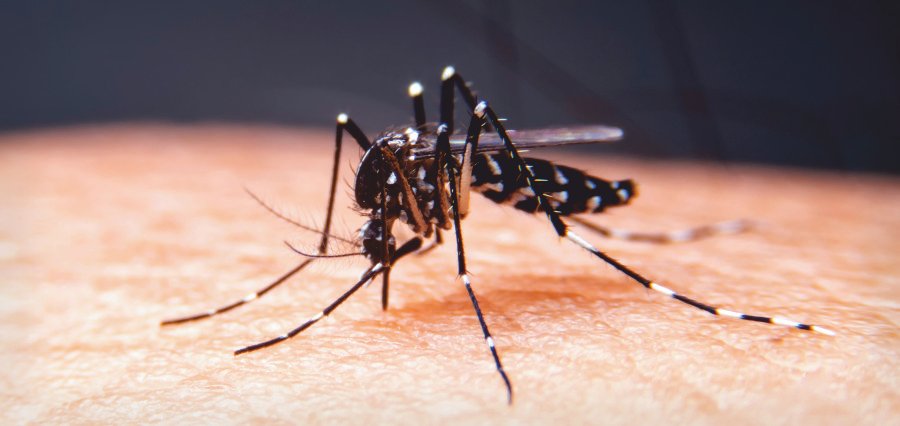Prime Highlights:
- Hanoi has reported 486 new dengue fever cases in the past month, raising concern among health officials about a potential new outbreak.
- Authorities have launched large-scale mosquito control campaigns and urged residents to take preventive measures to stop the spread.
Key Facts:
- Since early 2025, more than 4,300 dengue cases have been recorded in Hanoi—about 20% lower than the same period in 2024.
- The Hanoi CDC confirmed 32 active dengue clusters across 23 communes and wards, with mosquito populations still at high-risk levels.
Background
Hanoi, Vietnam’s capital, has recorded a sharp increase in dengue fever cases, with 486 new infections reported last month, according to the Hanoi Centre for Disease Control (CDC).
New outbreaks were detected in 23 communes and wards across the city, bringing the total number of active dengue clusters to 32. While no deaths have been reported so far, health officials have expressed concern about the rising number of mosquito-borne infections.
Since the beginning of this year, Hanoi has reported more than 4,300 dengue cases. Experts warn that the recent surge in cases could lead to a new wave of infections if preventive measures aren’t strengthened, even though the figure is about 20 percent lower than the same time in 2024.
The Hanoi CDC said that mosquito populations at outbreak sites are still at high-risk levels, which means they can spread the virus quickly. Health authorities have told local health stations to improve disease surveillance, detect cases early, and boost treatment at hospitals and clinics.
City officials have also started large-scale mosquito control efforts, such as spraying insecticides, cleaning stagnant water, and encouraging residents to keep their surroundings clean.
Public health experts have advised people to use mosquito repellents, cover water containers, and see a doctor if they have symptoms like fever, headache, or rashes.
Authorities stressed that community involvement is crucial to stopping the spread of dengue fever, which remains a seasonal health challenge in Vietnam during the rainy season.




